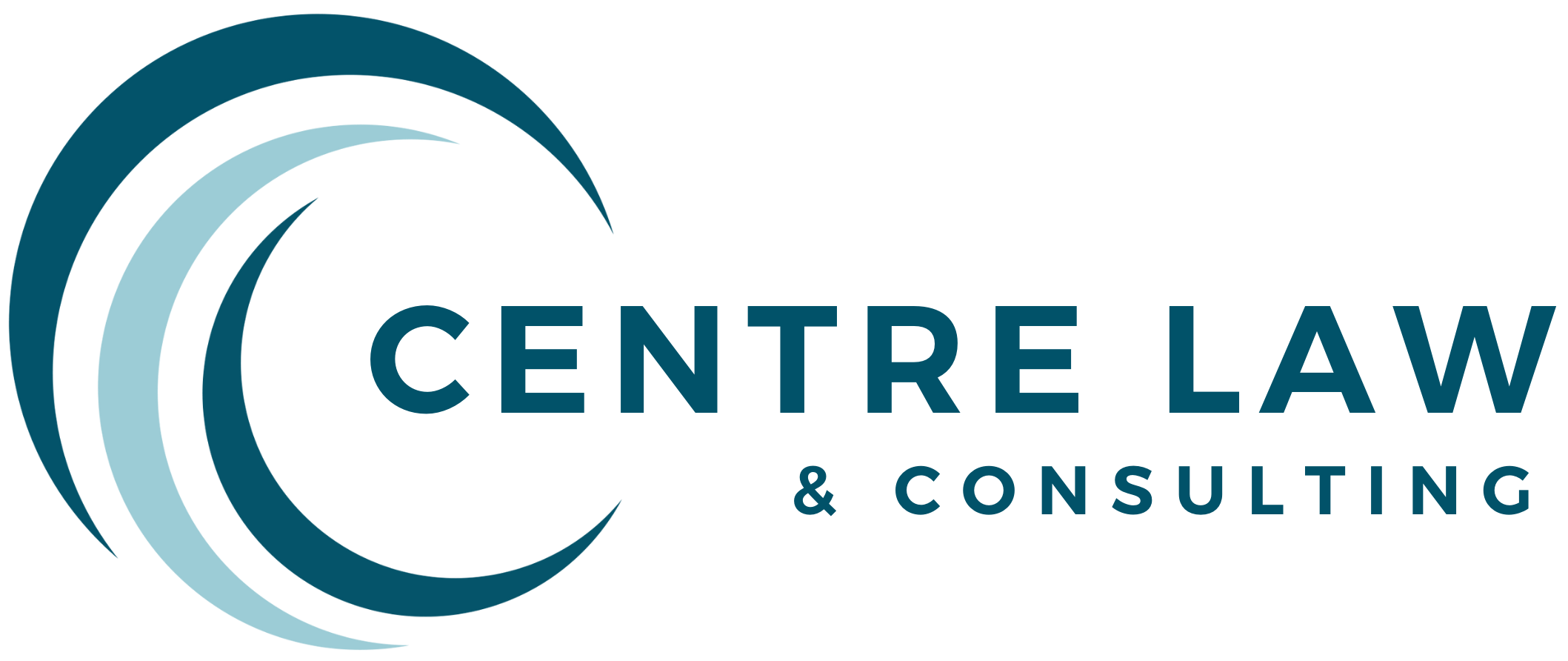On June 2, 2025, the Court of Federal Claims (“COFC”) issued a notable decision in Telesto Group, LLC v. United States, clarifying when the Court has jurisdiction to hear bid protests involving the Department of Defense’s (“DoD”) use of Other Transaction Authority (“OTA”).
OTAs are legally defined as agreements “other than contracts, cooperative agreements, and grants” under 10 U.S.C. § 4022(d)(1), meaning they are not typically governed by the Federal Acquisition Regulation (“FAR”). OTAs, often used for fast-tracked innovation projects, now account for billions in DoD awards. However, because OTAs bypass the FAR, contractors have fewer protest rights. Telesto clarifies when those rights can be asserted.
Judge Richard Hertling’s decision introduced a phased framework for OTA protests and coined the concept of a “jurisdictional blackout,” during which COFC lacks authority to review agency actions. This blackout period covers the performance phase of an OTA prototype project—effectively barring protests during the middle of the OTA lifecycle.
Background
On October 30, 2024, Telesto Group, LLC (“Telesto”) filed a bid protest challenging the United States’ Army (“Army”)’s conduct in its Enterprise Business System-Convergence (“EBS-C”) program. The EBS-C program is a multistep prototyping effort to consolidate five Army business systems into a single, more efficient system. The prototyping phase involved seven evaluation steps. Telesto advanced through Step 6 but was not selected for the last step. Only Accenture Federal Services, LLC (“Accenture”) advanced to Step 7.
In Telesto’s protest, it alleged:
- Accenture faked a key component in its Step 4 technological demonstration;
- The Army failed to detect the fabrication;
- The Army improperly changed requirements for Step 5;
- These actions led to Telesto’s unfair elimination after Step 6; and
- The Army violated OTA statute by not including a nontraditional defense contractor.
The Army moved to dismiss the protest, arguing that the COFC lacked jurisdiction because the ESB-C program is an OTA and OTAs are not traditional procurements covered by the Tucker Act (28 U.S.C. § 1491).
Jurisdiction and the “Blackout” Period
Judge Hertling divided the OTA lifecycle into three distinct phases:
- Phase 1 – Initiation: When the agency issues a solicitation (e.g., a Prototype Project Opportunity Notice (“PPON”)).
- Phase 2 – Prototyping: The performance and evaluation period of the OTA prototype effort.
- Phase 3 – Follow-on Procurement: When the agency decides to acquire the successful prototype via a follow-on production contract.
The COFC held that jurisdiction exists in Phases 1 and 3 because they are “in connection with a procurement or a proposed procurement” under the Tucker Act. In Phase 1, the Court can review whether the agency properly chose to use an OTA and whether the solicitation complies with OTA-related statutes. In Phase 3, it can review the agency’s decision to proceed with a follow-on procurement. In many cases, the successful prototype provider may receive a sole-source follow-on production contract, making Phase 3 a critical juncture for competitors seeking a shot at the eventual award.
However, Phase 2 is a “jurisdictional blackout”: COFC lacks authority to review agency conduct during the active prototyping phase because no procurement or contract award is underway.
In Telesto, only two claims survived the jurisdictional cutoff: that the Army failed to include a nontraditional defense contractor as required; and that the agency made unfair changes to the PPON.
The Court found no merit in either claim and subsequently ruled for the Army on both grounds.
Takeaways for Contractors
- Know When to Protest: Contractors can challenge OTA decisions at the outset (Phase 1) or end (Phase 3) of the OTA lifecycle. Mid-prototype protests (Phase 2) are unlikely to survive unless tied to solicitation defects or statutory violations at the OTA’s outset.
- Anticipate the “Blackout”: Once the prototype phase is underway, agencies have a protest-free window. Contractors should document concerns early and monitor closely for possible follow-on production plans.
- Scope Matters: If the OTA’s principal purpose is to develop a deliverable the government intends to acquire, there may be COFC jurisdiction at key entry and exit points. Pure research efforts, by contrast, may fall entirely outside the Court’s reach.
- Consider Alternative Forums: If no procurement follows the prototype phase, some OTA disputes may be better suited for federal district court under the Administrative Procedure Act (“APA”).
- Legal Landscape Is Shifting: Telesto is not binding precedent and departs from earlier COFC cases like Hydraulics Int’l, Inc. v. United States and Raytheon Co. v. United States, which suggested that its jurisdiction exists throughout the OTA acquisition so long as a follow-on procurement is contemplated in the beginning. In Telesto, Judge Hertling called on Congress to “help untangle the web” and requested the Federal Circuit provide guidance, so OTA protest rules may evolve further.
The Telesto decision offers a new roadmap for federal contractors navigating OTA solicitations. Understanding where and when COFC jurisdiction applies can help them decide if, when, and how to raise a protest.
If you have questions or concerns on this topic, contact the author of this blog at [email protected] or any of our other attorneys.




